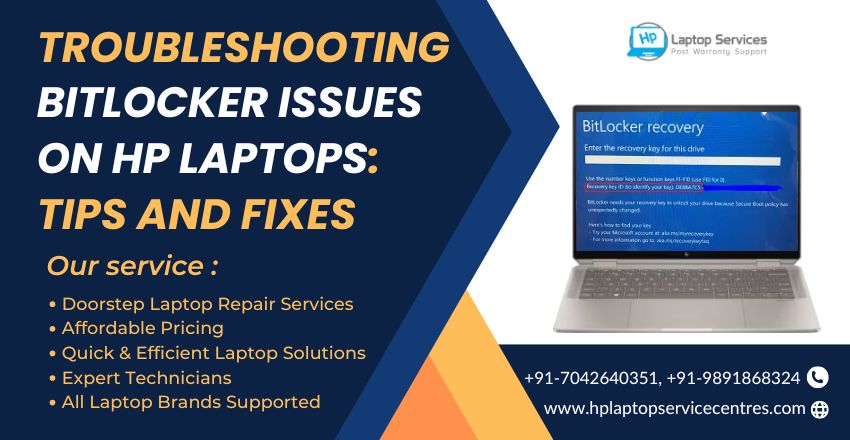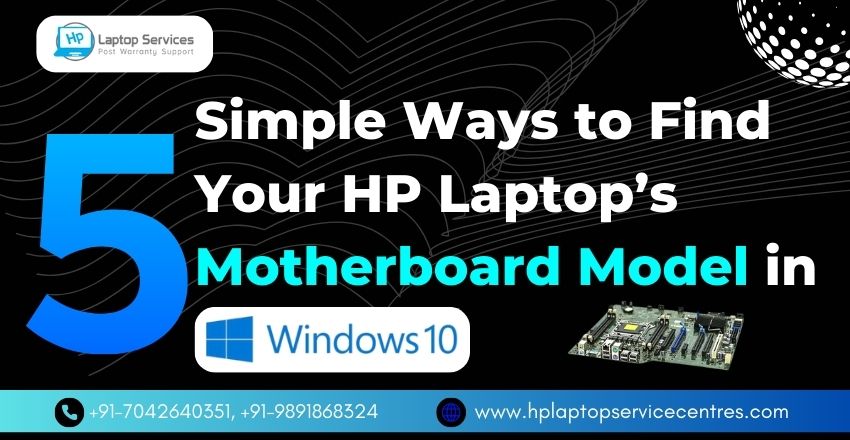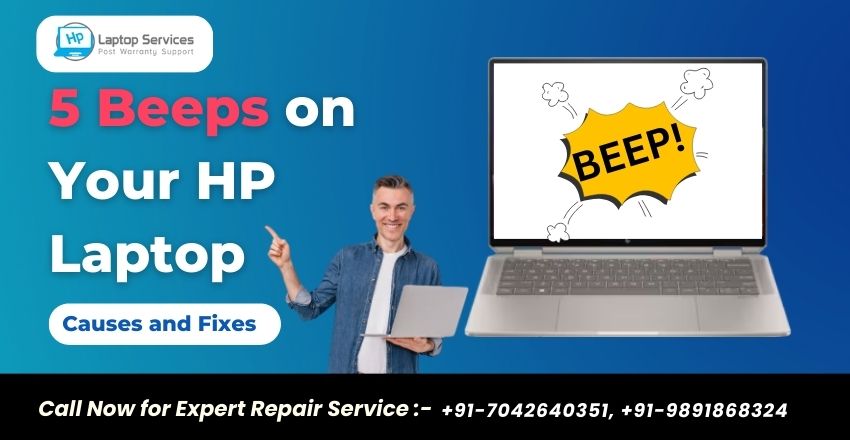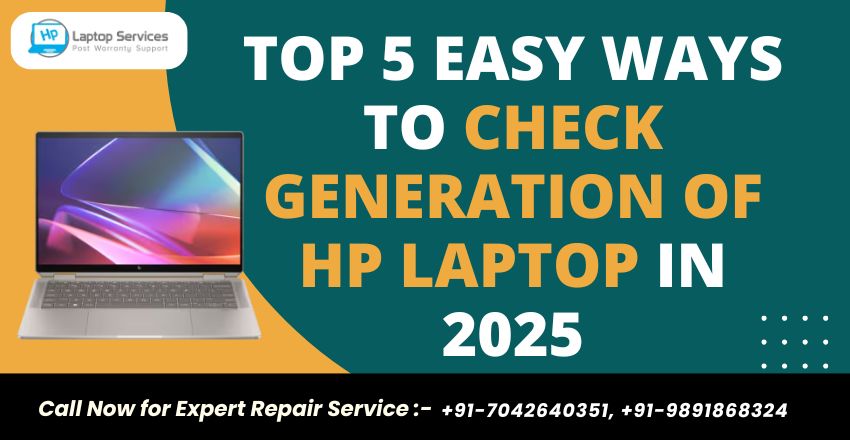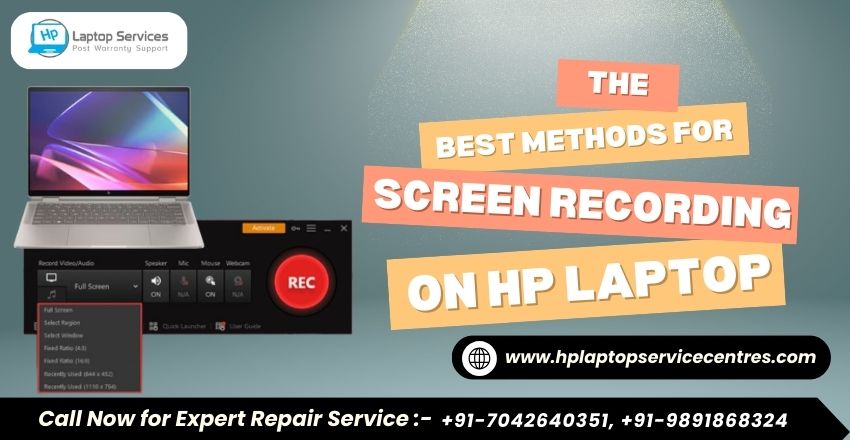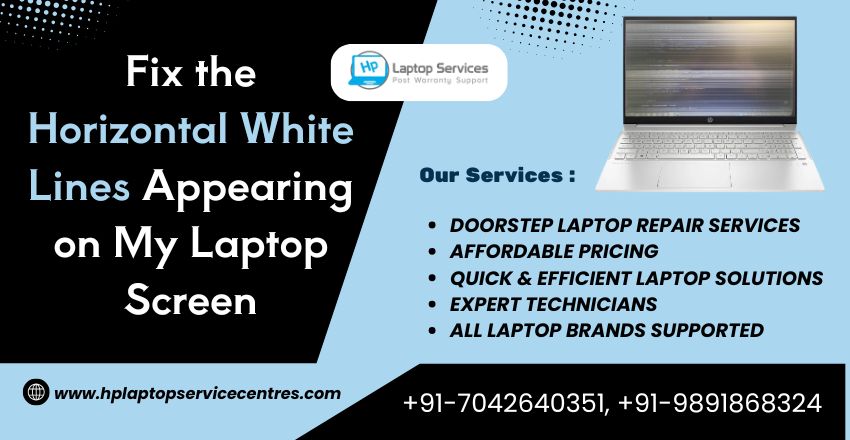Call Us: +91-7042640351, 9891868324
External Hard Drive Not Detected in Windows? Here’s How to Fix It
By Admin | 16 Sep 2024

It’s frustrating, right? You plug in your external hard drive, expecting to access your important files, only to find that Windows doesn’t detect it. This is a common problem that many users face, and it can leave you feeling stuck, especially when you rely on external storage for backups or large file transfers.
The good news is, this issue can often be resolved with a few troubleshooting steps, and I’m here to guide you through it. In this post, I'll walk you through why your external hard drive might not be showing up and how you can fix it yourself without needing professional help.
By the end of this blog, you'll understand the common causes of this issue and have a clear set of solutions to get your external hard drive working again. Let's dive in!
Common Reasons Why External Hard Drives Are Not Detected
- Faulty USB Port or Cable
- Explanation: One of the simplest reasons for an external hard drive not being detected is a faulty USB cable or port. Cables can become damaged or worn out over time, and USB ports can malfunction or fail to make a proper connection.
- Detailed Check: Inspect the USB cable for visible signs of wear or damage. Try using a different cable that you know is working, and connect it to different USB ports on your computer. Preferably, use a USB 3.0 port, which offers better data transfer rates and power supply compared to USB 2.0 ports.
- Outdated or Missing Drivers
- Explanation: Drivers are essential for Windows to communicate with hardware devices. Outdated, corrupted, or missing drivers can prevent your external hard drive from being recognized.
Driver Update Process:
- Open Device Manager (right-click on the Start menu and select Device Manager).
- Expand the Disk drives section to locate your external hard drive.
- Right-click on the drive and choose Update driver. Follow the prompts to search automatically for updated driver software.
- If updating does not resolve the issue, try uninstalling the driver: Right-click the drive in Device Manager, select Uninstall device, then restart your computer. Windows will attempt to reinstall the driver upon reboot.
- Drive Not Initialized
- Explanation: Hard drives need to be initialized before they can be used by Windows. This is particularly relevant for new drives or those formatted for different operating systems.
Initialization Steps:
- Open Disk Management (right-click on the Start menu and select Disk Management).
- Locate your external hard drive in the list of drives. If it appears as “Not Initialized,” right-click on it and select Initialize Disk.
- Follow the wizard to initialize the disk. You can choose between MBR (Master Boot Record) and GPT (GUID Partition Table) partition styles, with GPT being recommended for drives larger than 2TB.
- File System Issues
- Explanation: The file system on your external hard drive might be corrupted or incompatible with Windows. Common file systems include NTFS, FAT32, and exFAT.
CHKDSK Utility:
- Open Command Prompt as an administrator (right-click on the Start menu and select Command Prompt (Admin)).
- Type chkdsk X: /f (replace X with the drive letter of your external hard drive) and press Enter. This command will check the file system for errors and attempt to fix them.
- If prompted to schedule the scan for the next restart, type Y and reboot your computer to allow CHKDSK to run.
- Power Issues
- Explanation: External hard drives, especially those with larger capacities, may require more power than a single USB port can provide. Insufficient power can result in the drive not being detected.
- Solution: Use a powered USB hub to provide additional power to the external drive. Alternatively, if your drive has an external power adapter, make sure it’s properly connected.
- Partition Problems
- Explanation: A hard drive may not be detected if it lacks a valid partition. Partitions are necessary for the operating system to recognize and interact with the drive.
Partitioning and Formatting:
- Open Disk Management.
- Right-click on the unallocated space of the drive and select New Simple Volume to create a new partition.
- Follow the wizard to assign a drive letter and format the partition. Choose the file system (NTFS, FAT32, or exFAT) based on your needs.
What to Do If None of the Solutions Work
If you’ve tried all the troubleshooting steps and your external hard drive is still not detected, it might indicate a hardware failure. Here are a few additional steps you can take:
- Check the Drive on Another Computer: To rule out issues with your current system, try connecting the external hard drive to a different computer. If it’s still not recognized, the problem is likely with the drive itself.
- Seek Professional Help: If you suspect hardware failure or if the drive contains critical data, consider contacting a professional data recovery service. They have specialized tools and expertise to diagnose and recover data from malfunctioning drives.
Preventive Tips for Future Use
To minimize the risk of similar issues in the future, consider these preventive measures:
- Safely Eject Drives: Always use the “Safely Remove Hardware” option before unplugging your external hard drive to prevent data corruption.
- Regular Backups: Regularly back up important data to multiple storage devices to avoid data loss.
- Keep Drivers Updated: Ensure that your drivers are up to date to maintain compatibility and performance.
Conclusion
Understanding why your external hard drive isn’t being detected and knowing how to troubleshoot the issue can save you a lot of time and frustration. By following the detailed steps provided, you can often resolve the problem yourself. However, if all else fails and you suspect a hardware issue, professional assistance might be necessary to recover your data and ensure your drive is functioning properly.
Remember, preventive maintenance and regular backups are key to avoiding such issues in the future.
Customer Experience at HP Laptop Service Centers in Mumbai: What to Expect
Visiting an HP Laptop Service Center in Mumbai is designed to be a hassle-free and efficient experience for customers seeking professional repairs. Upon arrival, customers are greeted by friendly staff who quickly assess the laptop’s issues and explain the available service options. Authorized service centers are equipped with skilled technicians who are well-versed in HP’s technology and hardware, ensuring that diagnostics and repairs are handled with precision. Most centers offer a transparent repair process, providing cost estimates before proceeding with any work, and ensuring no hidden fees. Many customers also appreciate the availability of original HP parts, which guarantees that the quality and longevity of their laptop will be maintained post-repair. Additionally, HP service centers in Mumbai often provide a streamlined process for warranty claims, making it easy to have repairs covered under the manufacturer’s protection. With clear communication, reasonable repair timelines, and a focus on customer satisfaction, HP Laptop Service Centers in Mumbai deliver a reliable and convenient repair experience for users.
Get Expert Help for HP Laptop Issues – Call Now at +91-7042640351, 9891868324for Instant Fixes
When your HP laptop encounters issues, whether it's a hardware failure, software glitch, or a persistent performance slowdown, getting expert help quickly is crucial. HP-certified technicians are available to provide instant support, offering tailored solutions that address your specific problem. With just a phone call, you can receive guidance on troubleshooting minor issues or schedule an appointment for more complex repairs, ensuring your laptop is back up and running in no time. These experts are trained to handle everything from driver conflicts and malware removal to hardware replacements and data recovery. With access to genuine HP parts and the latest diagnostic tools, they guarantee reliable and lasting fixes. Don’t wait for the problem to get worse—call now and get immediate assistance from professionals who know HP laptops inside and out. This fast and efficient service helps you avoid downtime and ensures your laptop continues to perform at its best.
Our Support Cities :-
Our Support Cities :- Delhi | Noida | Gurgaon | Ghaziabad | Faridabad | Greator Noida | Mumbai | Pune | Kolkata | Ahmedabad
Looking For A Fast & Reliable Laptop Repair Service
We have professional technicians, fast turnaround times and affordable rates. Book Your Repair Job Today!



